Tattoo Blisters: Causes, Treatment, And Prevention
Discover the ultimate guide to navigating this common skin issue after getting inked.

Image: Shutterstock
Tattoo blisters are a common concern among tattoo enthusiasts and individuals navigating the post-inking phase. Seeing these annoying fluid-filled bumps on freshly tattooed skin can be both puzzling and discomforting. Understanding the various factors contributing to their formation and how to address them is crucial for a smooth and trouble-free tattoo healing process. Fret not. In this article, we will delve into the causes, treatment options, and preventive measures related to tattoo blisters. Let us unravel the intricacies of tattoo blisters to guide you through this aspect of the tattoo healing journey. Scroll down to know more!
In This Article
Is It Normal To Get Blisters After A Tattoo?
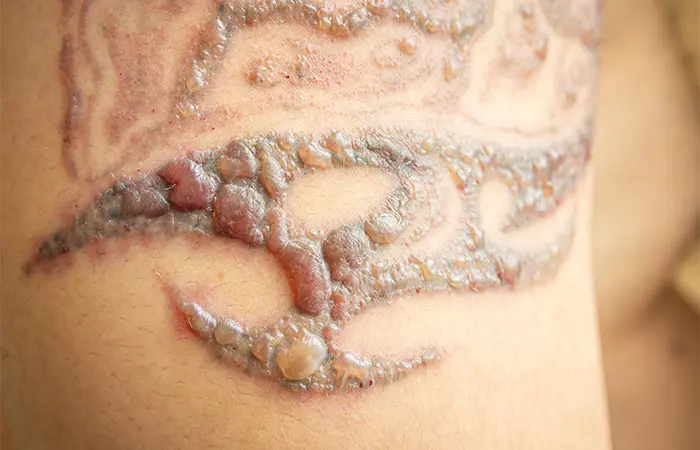
Yes, it is not uncommon for some people to experience blisters after getting a tattoo. The skin undergoes trauma during the tattooing process, leading to various reactions. Blisters may form as part of the healing process, though not everyone will experience this. It is essential to be aware of potential skin adverse reactions and consult a professional if concerns arise.
Interestingly, blisters may also be observed during tattoo removal procedures. Laser tattoo removal can cause blistering as the laser breaks down ink particles, prompting an inflammatory response. This is a temporary side effect and proper post-removal care is essential for optimal healing and minimal scarring.
Keep scrolling to know the signs and symptoms of tattoo blisters.
Key Takeaways
- Blisters post-tattoo are common due to skin trauma during the process, over-moisturized, and friction.
- Blisters from tattoos generally persist for one to two weeks.
- Its treatment involves gentle cleansing, applying antibiotic/antibacterial ointment, and using over-the-counter pain relief.
- Staying hydrated and choosing a reputable tattoo artist can decrease the risk of tattoo blisters.
Symptoms And Signs Of Tattoo Blisters
- Small, fluid-filled bumps on the tattoo
- Redness or swelling around the affected area
- Heightened pain or tenderness in the blistered spots
- Warning signs of infection, like pus or a fever
Monitoring these symptoms to ensure proper healing and seeking medical advice if anything seems off is essential.
In case you encounter blisters, it is crucial to understand the duration of tattoo blisters. Explore the answer in the next section.
How Long Do Tattoo Blisters Last?
Tattoo blisters typically emerge within a day or two after getting inked. These fluid-filled sacs, often triggered by the use of a tattoo wrap, may stay several days to a week. However, if the tattoo is infected due to poor-quality ink, these blisters may persist for an extended period and potentially lead to complications. Hence, monitoring for signs of infection is crucial during the healing phase, as it can impact the blistering’s duration. Allow the healing process to unfold naturally and understand that blisters are a temporary effect of receiving a tattoo.
The factors behind tattoo blisters will help determine the type of treatment you will get. Check out the next section to know more.
What Causes Tattoo Blisters?
1. Skin Trauma
Tattoo blisters can result from repeatedly puncturing the deeper layer of skin with needles during the tattooing process. This may cause a response similar to a burn, leading to the formation of blisters.
Note: Inexperienced or amateur tattoo artists may not have the necessary expertise in maintaining hygiene and precision, potentially increasing the risk of such complications.
2. Over-Moisturizing
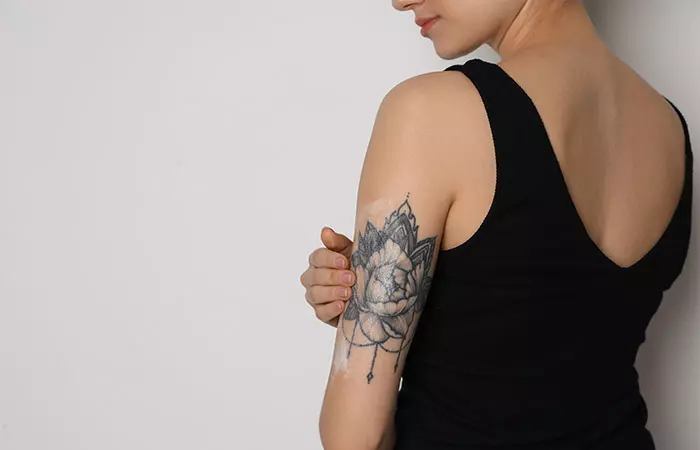
Excessive use of moisturizers on fresh tattoos may create an overly damp environment. This may hinder the natural drying process necessary for proper healing and lead to blistering.
3. Friction And Irritation
Excessive friction or irritation from tight clothing or other abrasive materials can disrupt the healing process and contribute to blisters developing on a fresh tattoo.
4. Infection Risk
Poor hygiene during the tattooing process or inadequate aftercare may expose the tattooed area to bacterial infections. The skin may react by forming blisters as part of the body’s defense mechanism.
5. Allergic Reactions
In certain instances, individuals may develop blisters as an allergic response to tattoo ink or the other components used during the tattooing process. Similarly, applying numbing creams with ingredients like lidocaine may cause blistering as an allergic reaction or irritation.
6. Excessive Sun Exposure
Overexposure to sunlight on a fresh tattoo can lead to blistering. The ultraviolet (UV) rays can damage the healing skin and exacerbate inflammation, resulting in the formation of blisters.
7. Inadequate Drying Of The Tattoo
Inadequate ventilation or continuous exposure to moisture from tight clothing or excessive sweating may impede the skin’s healing process and result in the development of blisters.
8. Use Of Saniderm
The application of Saniderm or other tattoo healing films can sometimes contribute to blistering. While these films are designed to protect the tattooed area, improper application or leaving them on for extended periods may create a moist environment, potentially leading to blister formation.
The way you treat your tattoo blisters will determine your recovery process. Find out how to treat them in the next section.
Treatment Of Tattoo Blisters
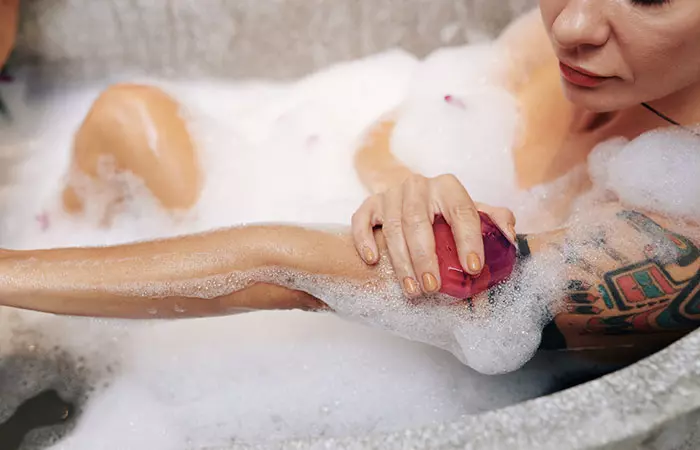
1. Cleanse The Area Gently
First, clean the infected tattoo area with a mild, fragrance-free soap and lukewarm water. Pat the area gently with a clean, dry cloth. Avoid scrubbing, as it may worsen the skin condition.
2. Apply An Antibiotic Ointment
After cleaning, apply a thin layer of antibiotic or antibacterial ointment to prevent tattoo infection. Use an aftercare cream recommended by your artist or a medical professional.
 Quick Tip
Quick Tip3. Keep It Dry
Ensure the infected tattoo area stays dry to promote healing. Avoid soaking in baths or swimming to avoid infection.
4. Avoid Popping Blisters
Despite the temptation, avoid popping or puncturing blisters. This leaves the skin open to bacteria, increasing the risk of infection and potentially affecting the tattoo healing process.
5. Over-The-Counter Pain Relief
You may use over-the-counter pain relievers for persistent discomfort. Always follow the recommended dosage guidelines. If unsure, consult a healthcare provider for proper instructions.
6. Apply Cool Compress
Ease tattoo blister discomfort by applying cold compresses. This simple remedy gently soothes and reduces swelling, promoting faster healing and preserving the vibrancy of your tattoo color.
7. Seek Professional Advice
Keep a close watch on the blisters for signs like increasing redness or any discharge. If the blistering seems severe, consult your tattoo artist or a healthcare professional promptly for a clinical diagnosis. They can provide the appropriate course of action and assess whether further medical attention is necessary.
 Quick Tip
Quick TipThe above-mentioned remedies can help manage your tattoo blisters. However, prevention is better than cure. Check out the next section for tips to avoid blisters and disfigurement of your cherished body art.
Prevention Of Tattoo Blisters

- Follow proper aftercare routine instructions provided by the tattoo artist.
- Avoid excessive sun exposure and apply sunscreen to protect the tattooed skin.
- Resist the urge to scratch or pick at the healing tattoo.
- Wear loose, breathable clothing to prevent friction and irritation.
- Avoid submerging the tattoo in water, especially in pools, hot tubs, or excessive soaking.
- Choose a skilled and reputable tattoo artist to ensure proper technique and hygiene.
- Be mindful of allergies to tattoo products and consult with the artist about suitable options.
- Stay hydrated and maintain overall skin health for faster healing.
Navigating tattoo blisters requires a keen understanding of their causes, treatments, and preventive measures. These fluid-filled formations, whether triggered by allergies, infections, or the body’s natural healing process, demand gentle care. Gentle cleansing and avoidance of irritants can help manage your blisters. However, following diligent aftercare practices such as maintaining cleanliness and adequate moisturization can help prevent tattoo blisters in the first place. Seek professional guidance for persistent or severe cases to ensure a vibrant and lasting tattoo. By embracing knowledge on tattoo blister dynamics, enthusiasts can celebrate a beautifully healed masterpiece.
Frequently Asked Questions
Can I drain a blister with a needle?
No, it is not recommended to drain a blister with a needle at home as doing so can increase the risk of infection. If you have a large or painful blister, consult a healthcare provider for proper treatment and care.
Will a blister ruin a tattoo?
A blister can potentially affect a healing tattoo. Hence, it is crucial to avoid picking or popping the blister to prevent infection or damage to the tattoo. Consult a professional to address your concerns.
Ugly and painful blisters can develop after getting a laser tattoo removal. But fret not. Check out this video where an expert provides important tips on how to treat them.
Read full bio of Ashutosh Bairagi
Read full bio of Pahul Nanra
Read full bio of Eshna Das
Read full bio of Manjari Uppal





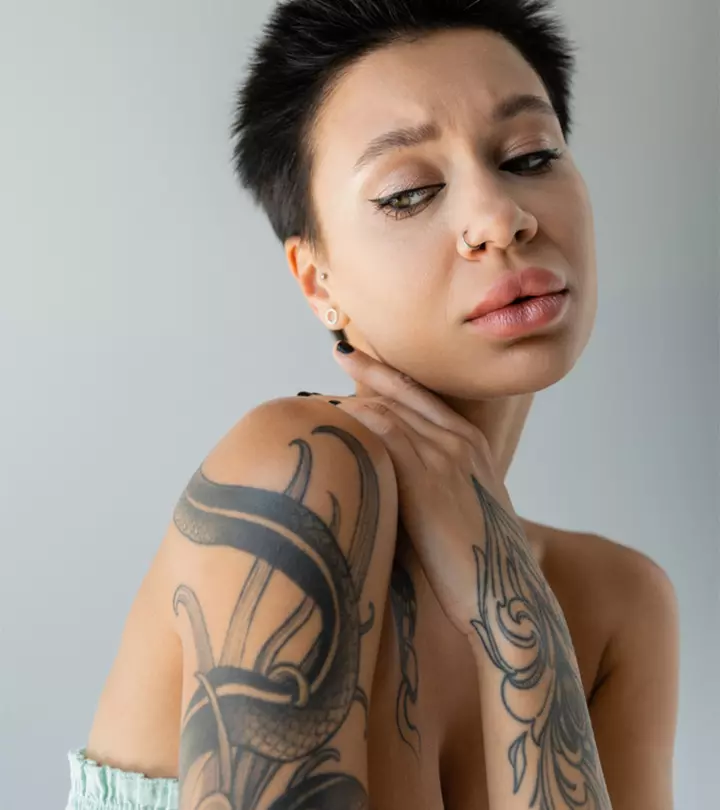
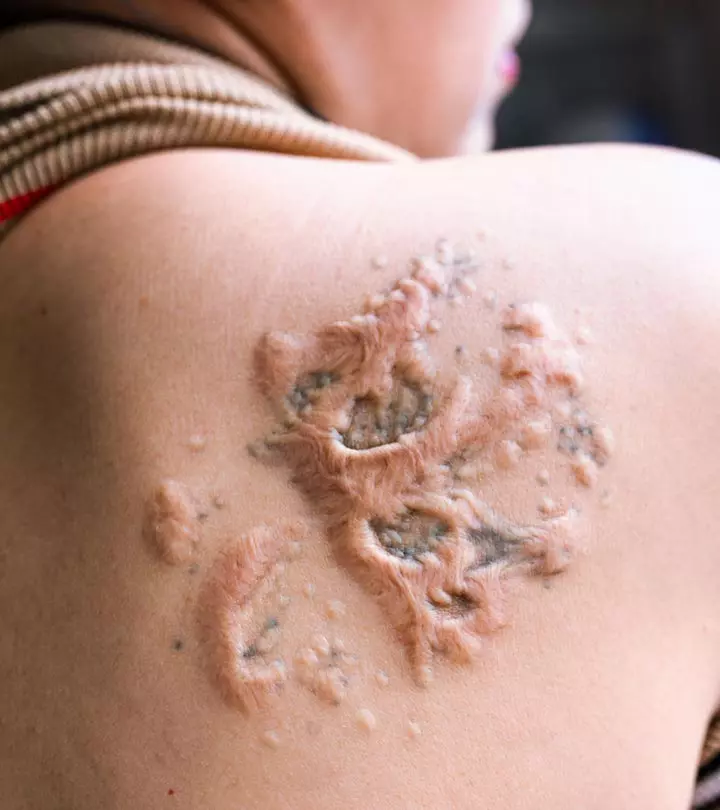

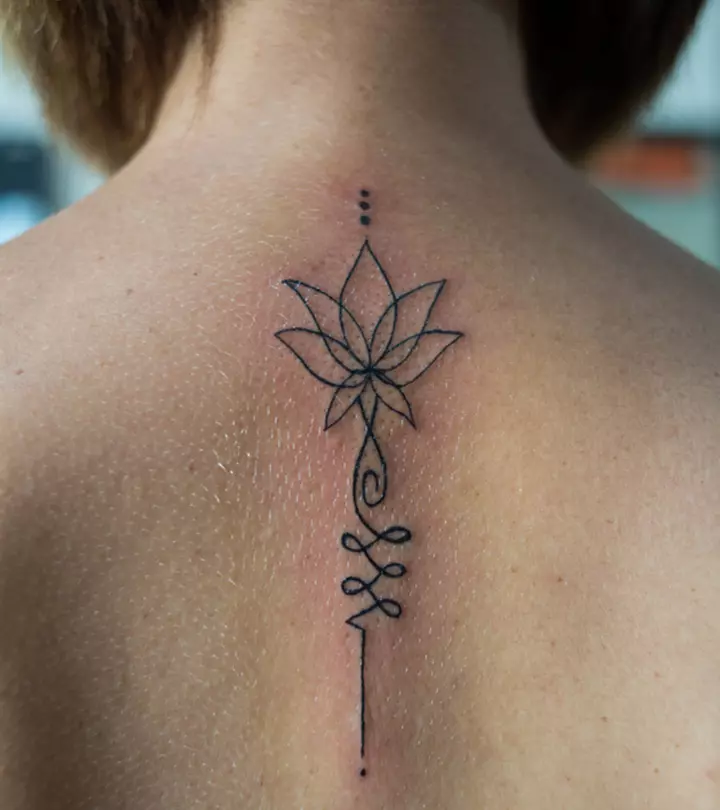
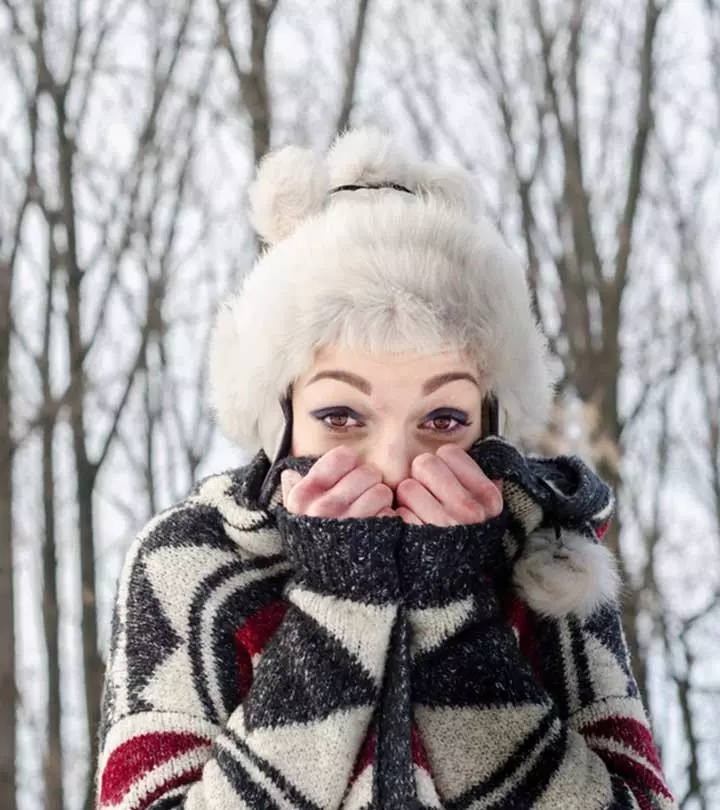
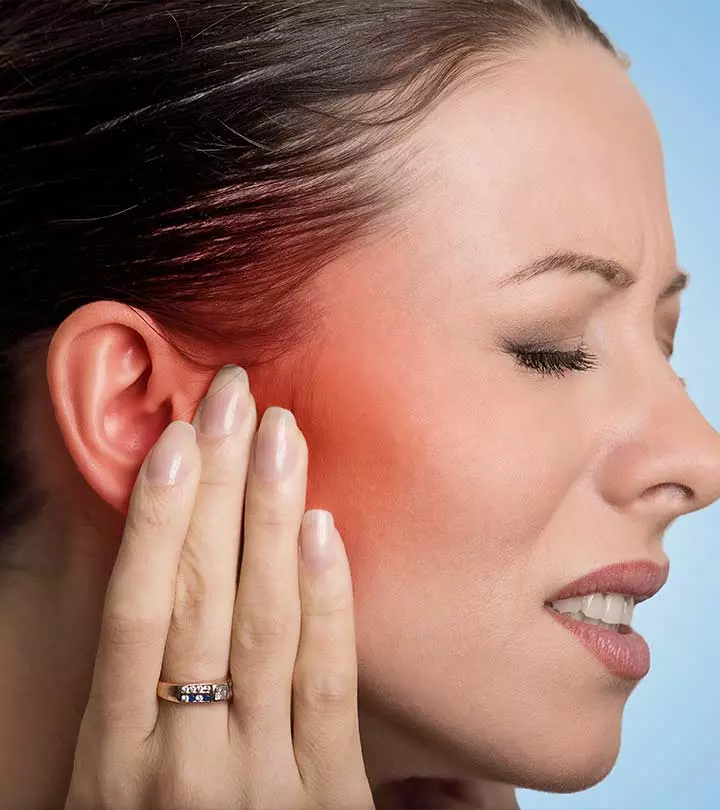
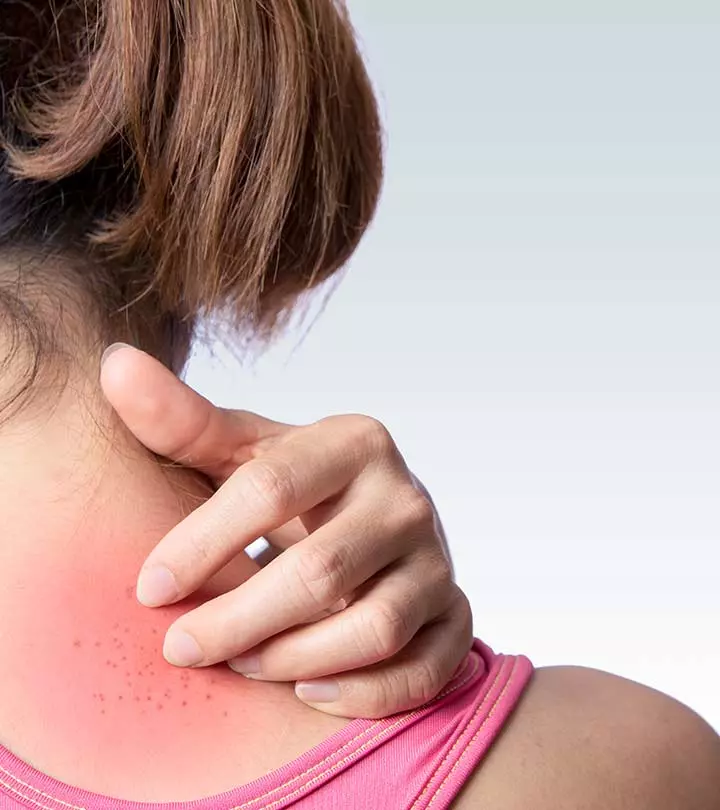

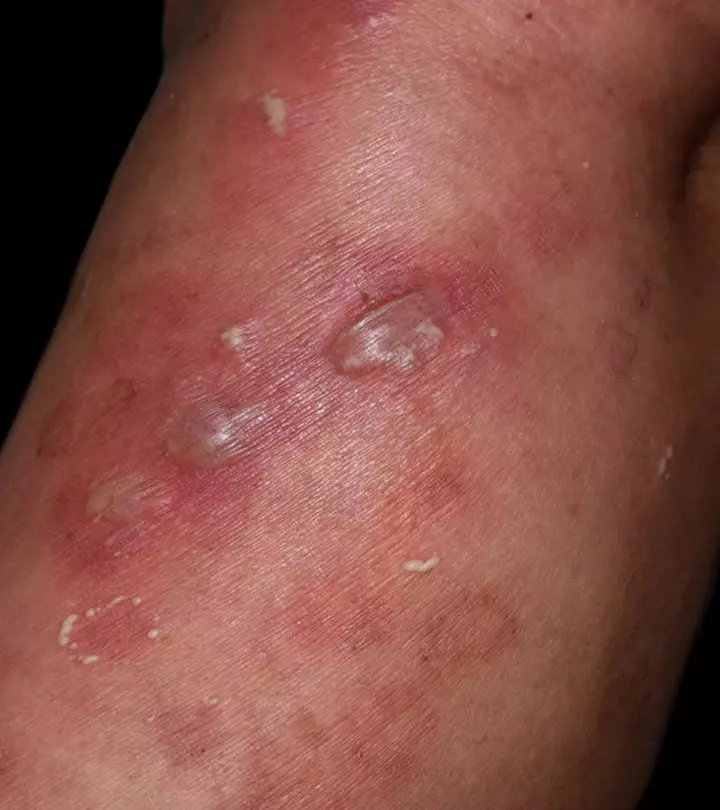

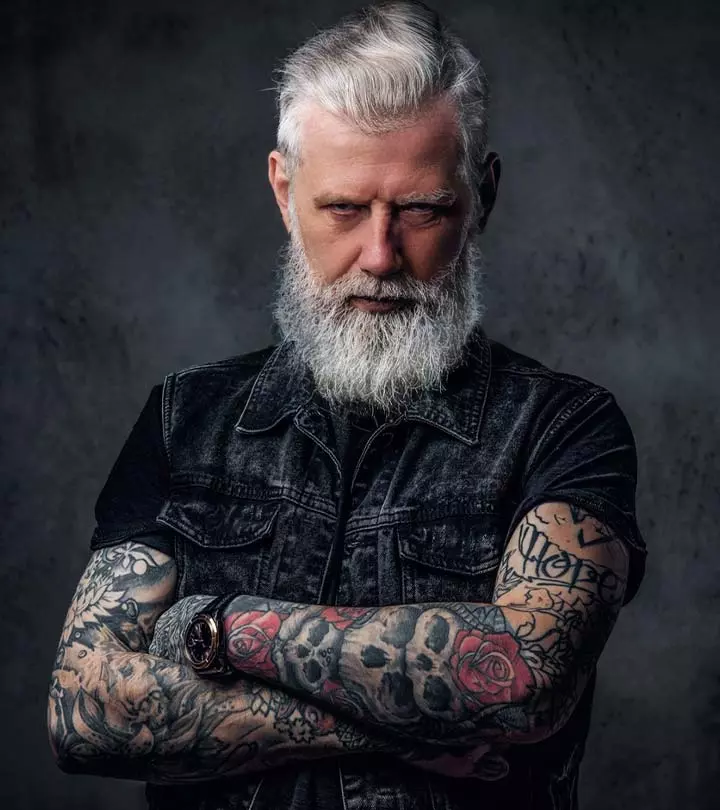
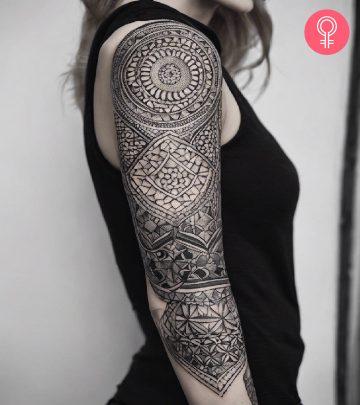
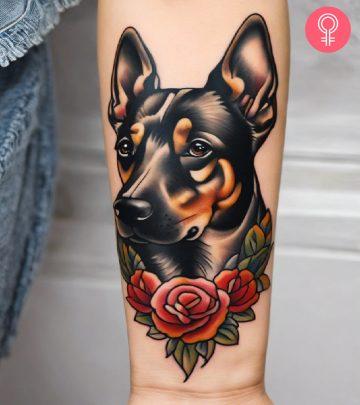
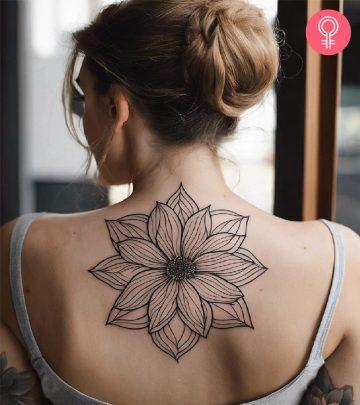
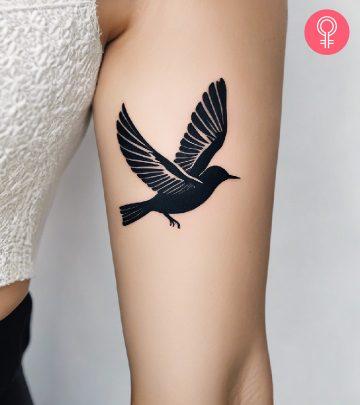
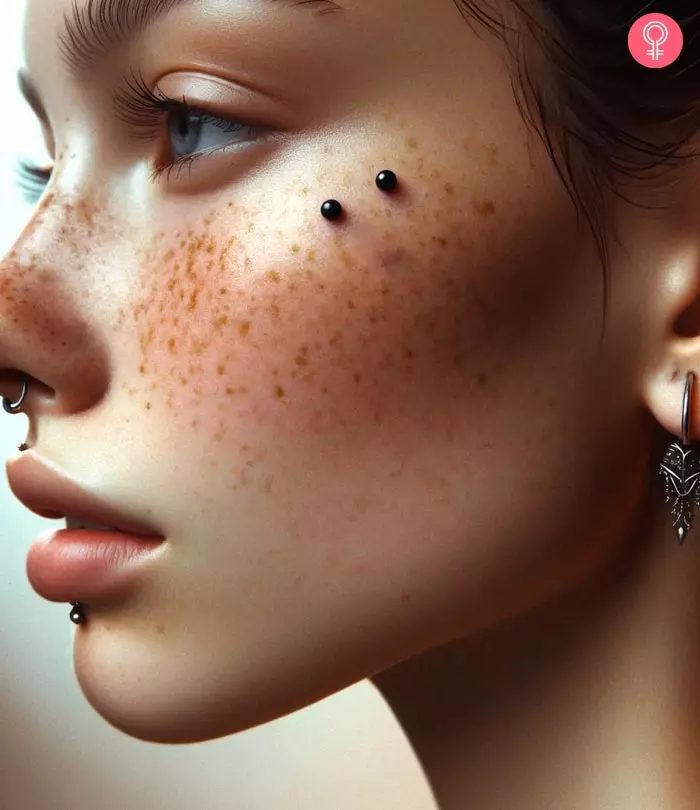
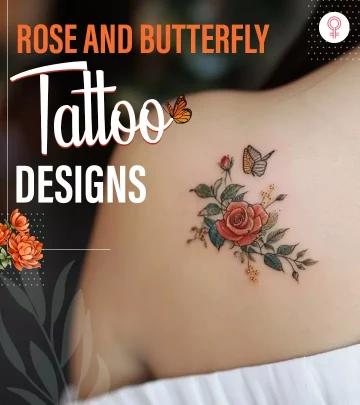

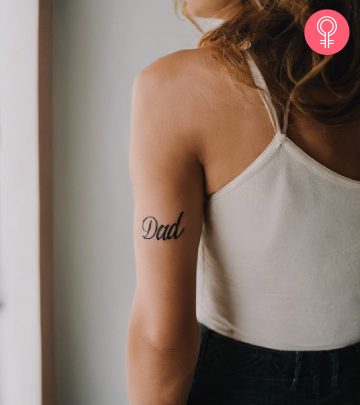


Community Experiences
Join the conversation and become a part of our empowering community! Share your stories, experiences, and insights to connect with other beauty, lifestyle, and health enthusiasts.